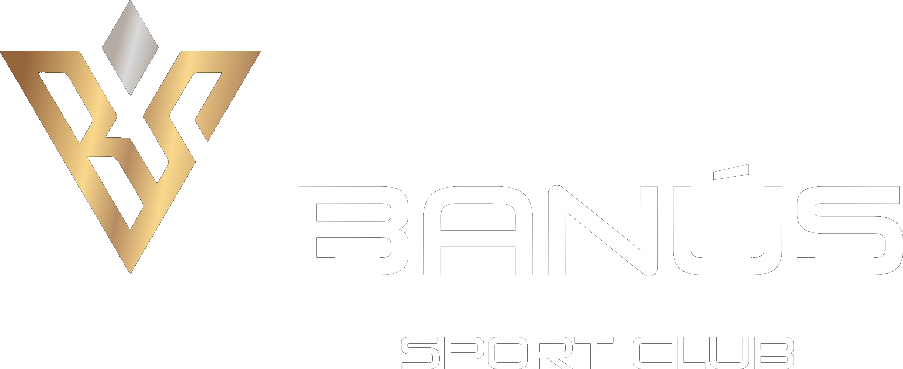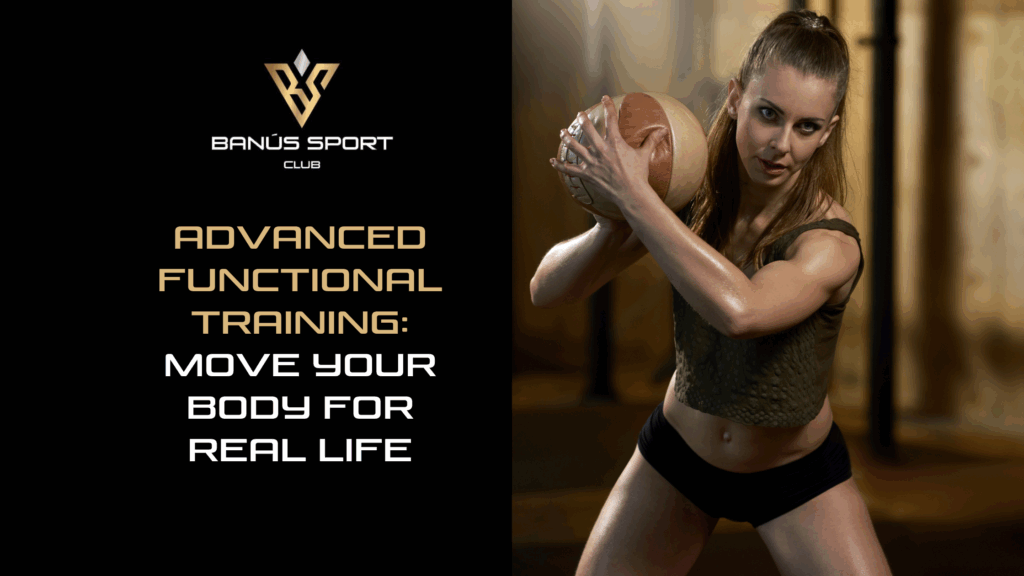Are you looking for more than just lifting weights or running on a treadmill? Would you like to feel stronger, more agile, and truly ready for the real-world demands of daily life? Advanced functional training is the answer for those who want to go beyond aesthetics and develop real, useful strength, mobility, and resilience.
This training method is constantly evolving, integrating state-of-the-art tools and science-backed techniques to deliver results that are both visible and practical. Curious about how advanced functional training can transform your fitness—and your life? Let’s dive in.
What Is Advanced Functional Training?
Functional training isn’t just another fitness trend. At its core, it’s about training your body to perform better in everyday activities—whether you’re picking up your kids, carrying groceries, playing sports, or simply wanting to move pain-free as you age.
Key Principles
- Integrated Movement: Exercises involve multiple joints and muscle groups, mimicking real-life actions rather than isolating muscles.
- Transfer to Daily Life: Movements are chosen for their direct application to daily activities: bending, lifting, twisting, reaching, pushing, and pulling.
- Mobility and Stability: Every session focuses not just on strength, but also on balance, flexibility, coordination, and control.
- Injury Prevention: By strengthening stabilizing muscles and working through full ranges of motion, functional training makes your body more resilient and less prone to injury.
How Is It Different from Traditional Training?
Unlike conventional gym workouts that often focus on single muscle groups or repetitive, linear movements, advanced functional training is:
- Dynamic and Versatile: No two sessions are the same. Expect new challenges each time.
- Holistic: The entire body works together, rather than in isolation.
- Purpose-Driven: Every exercise has a functional goal—improving the way you move, not just the way you look.
Tools of the Trade: TRX, Kettlebells & More
Modern functional training relies on innovative tools to keep things engaging, effective, and adaptable for all fitness levels.
TRX Suspension Trainer
The TRX system uses adjustable straps and your own body weight to create hundreds of different exercises.
- Benefits: Develops core stability, strength, balance, and flexibility—all in one.
- What You Can Do: Rows, push-ups, planks, squats, lunges, mountain climbers, and even mobility drills.
- Why It Works: Because it’s unstable, you constantly engage stabilizing muscles, challenging your core and balance in every move.
Kettlebells
These iconic, cannonball-shaped weights open a whole new world of functional strength and power training.
- Benefits: Build explosive power, endurance, grip strength, and dynamic coordination.
- Signature Moves: Kettlebell swings, Turkish get-ups, cleans, snatches, goblet squats.
- Why It’s Unique: Kettlebells allow for ballistic (fast, powerful) movements, which translate to real-world strength.
Resistance Bands
Ideal for activation, mobility work, or adding resistance without heavy weights.
- Benefits: Help improve joint stability and provide safe resistance for rehabilitation or warm-ups.
Medicine Balls
Perfect for power and core training, especially through throwing, slamming, or rotational movements.
Plyometric Boxes
Used for jumping, step-ups, and coordination drills to boost athleticism and lower-body power.
Other Equipment
- Battle ropes for full-body cardio and power.
- Stability balls for challenging core and balance.
How Are Advanced Functional Training Sessions Designed?
No session is random. Here’s how a well-structured advanced functional training class comes together:
1. Personalized Assessment
- Before starting, a professional assesses your fitness level, movement patterns, goals, and any injuries or limitations.
- This helps create a safe, effective training plan tailored specifically to you.
2. Dynamic Warm-Up
- Sessions begin with mobility exercises, dynamic stretches, and activation drills.
- The aim: prepare your joints, increase blood flow, and get your body ready for complex movement.
3. Main Training Phase
- Circuit or Block Format: Work through several exercises (stations) that target strength, mobility, balance, and cardio.
- Sample Routine:
- TRX rows for back strength
- Kettlebell swings for power and conditioning
- Medicine ball slams for core and explosiveness
- Single-leg squats for balance
- Mobility flow for flexibility
- Progression: Exercises become more complex or challenging as you advance—adding instability, load, or movement speed.
4. Finisher/Conditioning
- Short bursts of higher-intensity work, such as battle rope intervals or plyometric jumps, for metabolic conditioning.
5. Cool-Down and Mobility Work
- Stretching, foam rolling, and mobility drills restore flexibility, reduce soreness, and help prevent injury.
6. Ongoing Adaptation
- Sessions are constantly adapted based on your progress and feedback, ensuring you never plateau and always keep improving.
The Benefits of Advanced Functional Training
Functional training isn’t just for athletes—it’s for everyone. Here’s what you gain:
- Better Movement Quality: Move more efficiently and with less pain in everyday life.
- Injury Prevention: Stronger stabilizing muscles and improved mobility make you less likely to get hurt.
- Real-World Strength: Build strength that actually translates to life outside the gym.
- Improved Balance and Coordination: Essential as we age, and for anyone who wants to stay active.
- Enhanced Athletic Performance: Whether your sport is golf, tennis, or just chasing your kids, functional training improves performance.
- More Engaging Workouts: With constant variation and challenges, you’re less likely to get bored or lose motivation.
- Fat Loss and Muscle Gain: The combination of strength and cardio work burns calories and builds lean muscle.
Frequently Asked Questions about Advanced Functional Training
Not at all. Functional training can be adapted for all levels, from complete beginners to elite athletes. The key is starting with the right exercises and progressing at your own pace.
Most people notice improvements in mobility, energy, and strength within just a few weeks. Visible body changes and major performance gains typically take a few months of consistent training.
Yes! Because it combines strength, cardio, and full-body movement, functional training burns calories and supports healthy weight loss, while building muscle.
Absolutely, provided you work with qualified professionals. Sessions should always be tailored to your needs, focusing on safe movement patterns and gradual progression.
Traditional workouts often isolate muscles (like bicep curls or leg presses), while functional training focuses on compound, full-body movements that mirror real-life activities and require coordination, balance, and stability.
Ready to Move Better, Feel Stronger, and Live More Fully?
If you want to experience the kind of training that prepares you for whatever life throws your way—on the golf course, the tennis court, or just everyday living—advanced functional training is your answer.
Curious to try it with expert supervision in a premium environment? Contact our team and discover how we can help you reach your full potential with personalized, cutting-edge functional training. Find the perfect membership for you.Luxury and Wellness Combined. Join the Club.

